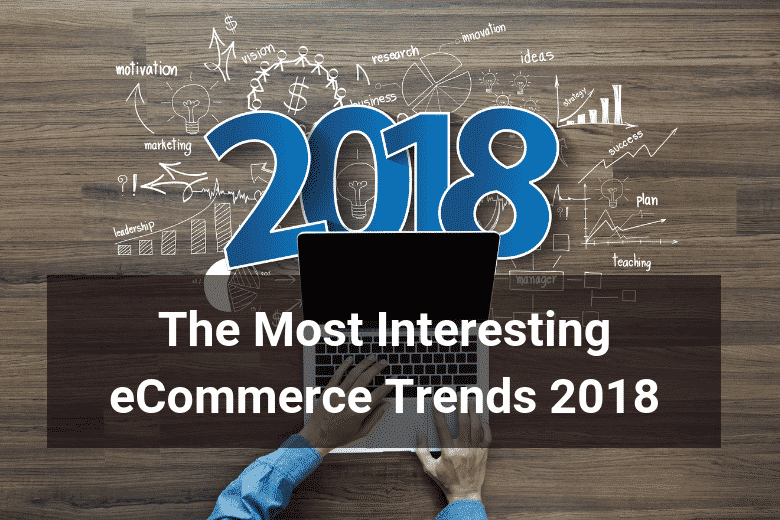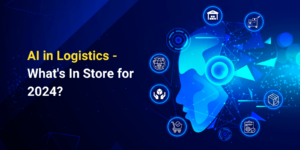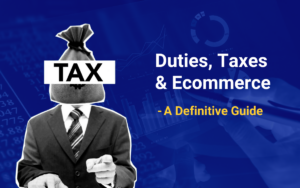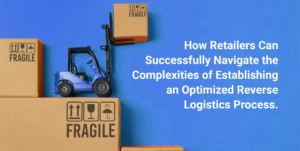A little over two years ago, eMarketer published a study saying that the ecommerce sector expects an increase in sales to over $4 trillion until 2020. We can all agree that there are not many industries that can expect such a great future, which makes it all more exciting for us to think about the future of ecommerce.
With that in mind, we will take a look at the most significant ecommerce trends we witnessed this year. This will help you shape your expectations for the year that comes.
1 Influencer Marketing
Influencer marketing seems to be the hype these days in the online brand world. It is more effective than anyone would have thought and the interest and success it brings is certainly on the rise. People trust the opinions of influencers more than any other prove you provide them with. It emphasizes the power of the word and puts word of mouth on a pedestal.
Right now, word of mouth is no longer limited to face-to-face interactions. Thanks to technology advances, influencers share their opinions on social media, YouTube, and anywhere else on the website, really. The good news for brands is that, there are many influencers they can hire to do marketing for them, and it does not have to come at an outrageous cost.
Basically, influencers are the helpers of marketers. These helpers provide a tremendous support and can yield unbelievable results if the right influencer is chosen. Some of the most popular influencers’ methods for marketing we have seen in 2018 are:
- Service and product reviews
- Free access through custom URLs
- Promotion of giveaway contests
- Content that features some services and products
- Discounts for products and services
2 Faster Shipping Times
The time when people had to wait for months to receive a product or service they order online is now gone. The more time passes, the faster shipping the world experiences. The ecommerce sector strives as a result of decreased shipping times, as well as improved delivery logistics.
Just look at Amazon. It is known to be the king of the ecommerce business and judged by how fast they develop the delivery logistics, they are very likely to remain the king. One recent infographic of their shares that Amazon shipped over 5 billion products worldwide via their one-or-two-day shipping program in 2017. Their fastest deliveries come down to 8 or 9 minutes for a thermometer and ice cream. Who could anticipate that the shipping times will improve so rapidly?
This year, we were witnesses to grand gestures by websites like Amazon. They started to step up and boost the delivery logistics even further. Now that Amazon has introduced a one-hour delivery service, their next step is to reduce the click-and-delivery time. It is about to get very competitive on the online selling market!
3 High AI and Machine Learning Integration
The ecommerce sector has been focused on artificial intelligence for some while, and they are not about to stop now. AI and machine learning technologies are on the rise. At this point, they are integrated into the majority of ecommerce systems, such as boosted search functionality and product recommendation engines. This year, we saw an even more dramatic increase in AI and machine learning technologies. With that in mind, ecommerce retailers already starting to offer their customers the exact thing they need without the extra effort.
The same goes for consumers. Thanks to such applications, consumers can find what they need without having to make efforts to look for it. Artificial intelligence will guide the entire process and save time for everyone, without making people look for items or even asking them to process transactions by using third parties or sites.
Just think about Facebook. Do you know that they already started offering retailers access tools that allowagents to handle the payments within the Messenger app?
Everything seems to be influenced by AI now. Product recommendations are as accurate as it gets thanks to this technology. Thanks to keywords and other signals like purchase histories and search histories, there is a much faster and greater personalization of the results as guided by the customers’ preferences.
4 Augmented Reality
Not so long ago, augmented reality was a novelty. However, this year, the augmented reality technology started to take a large step that takes it closer to the mainstream. Naturally, ecommerce business is about to lead the way.
You don’t believe it? Right now, the number of retailers who have worked on their AR offers is bigger than ever and growing. The results are great. For example, IKEA just debuted the Place app in 2017, an app that lets people see how the IKEA products would look like when placed inside their homes. The versions might still be a bit buggy, but they definitely raised a great deal of interest with the consumers.
Of course, Amazon is in this game, too. Their AR View App has similar approach – it allows the customers to see what products would look like if purchased and used in their home. They don’t even have to commit to make a purchase to see this.
5 Mobile Payment and Checkout Systems Growth
This list would be far from complete without the inevitable, highly discussed trend that is mobile checkout. Mobiles have experienced a gigantic, meteoric rise in the ecommerce business. People nowadays make more purchases on their smartphones than they do on their laptops. It is the most dr
amatic change the ecommerce business has experienced at this point, so there is definitely an upcoming trend to look forward to in 2019, too.
Now we are looking at different payment platforms for mobile, and the use of cash is decreasing every day. The payment space is facing significant challenges, but it is also experiencing a strange growth.
Why strange, you might think. We say strange because online payments and marketing has gone so far, manufacturers try to make a payment tool out of everything. Companies are in a battle to prove that they can come up with the most ridiculous connected device, so they attempt to make smart toasters, luggage, bathroom fixtures, and even condoms. Not everything can be made ‘smart’, but the mobile payment systems are surely growing.
6 Voice Search
You can hardly think of ecommerce trends without considering voice search. Voice search is becoming more popular with the minute. People start using it in combination with artificial intelligence to find things, hear things, and get recommendations. In 2018, voice has swiftly become one of the biggest innovation drivers in the ecommerce industry.
Google’s Home units and Amazon’s Echo are a great proof of what’s happening in the ecommerce field right now. According to Walker Sands Digital, 24% or one quarter of the consumers own a smart appliance that is voice-controlled. Other 20% wants or plans to buy one in the coming year. The interest is definitely growing and it is right in front of us – voice search is about to become grand.
7 Research Online, Purchase Offline
If you’ve heard of ROPO, you probably know already – it is extremely popular in the ecommerce world. All the thrifty shoppers and the bargain hunters seek for great deals, which is something they can enjoy with ROPO. This trend is slowly rising and is expected to culminate in the ecommerce digital world.
Consumers enjoy researching their product choices before purchasing. They want to look around, compare prices, and choose the best one for themselves. ROPO represents this in the most effective way. According to Absolunet, a percentage of 82% of all consumers use the mobile devices to check local businesses, and 18% of those searches result in a sale within a timeframe of 24 hours. With the help of geolocation tracking, social integration, mobile payment data, and consumer shopping history, the retailers can make shopper profiles and improve the experience throughout both online and offline stages of the customer journey.
8 SEO Campaigns
During 2017, the ecommerce business witnessed different SEO trends and new content types. The organic approaches remained the best tool for driving conversions through 2018. According to Owen Richardson, writer at one of the cheapest writing services: ‘’Content remains the best tool we have to improve organic traffic and increase the number of long-term conversions.’’
Content marketing remains the hardest of them all, but also the most influential. It is probably going to be trending for years, including 2019. Just invest in it and track the trends.
Did you expect to find all these trends in our list? Be aware and alarmed – the best of ecommerce is about to come. The year of 2018 has yielded better news than any before it, and we are expecting much greater things to come!
Ready to start shipping?
Is your business ready to go global? Floship provides exactly what you are looking for. We are one of Asia’s biggest eCommerce Order Fulfillment businesses, the world’s number one in Crowdfunding Fulfillment and got the knowledge and experience to help you ship your goods around the globe at attractive rates. Want to scale your business and ship globally? Fill out our Free Consultation form to find out more. Click here.

Ready To Upgrade Your Logistic Solution?
Speak to Floship ecommerce logistic consultant about improving your global support chain today





